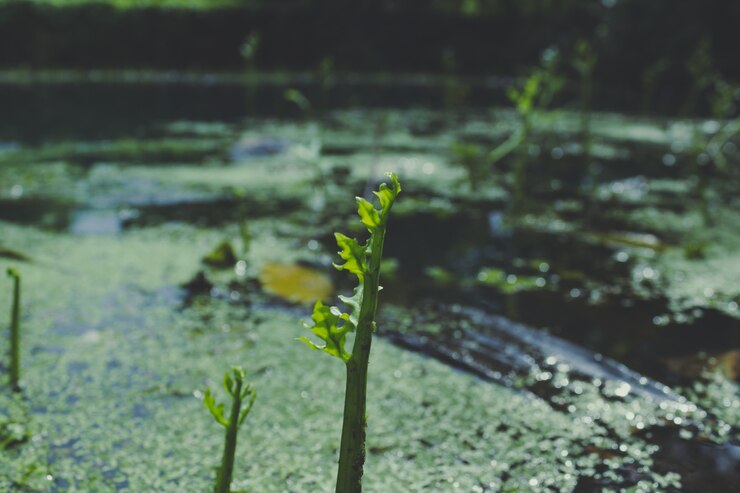Water conservation is becoming increasingly important, even in areas like Seattle that are known for their rainfall. As climate patterns shift and droughts become more common, finding ways to conserve water in your home and garden is essential. One highly effective method of conserving water is through the installation of a rain garden. Here’s how rain gardens can help Seattle homeowners save water and make their landscapes more sustainable.
1. Capturing and Storing Rainwater Rain gardens are designed to capture and absorb rainwater runoff from impervious surfaces such as roofs, driveways, and sidewalks. Instead of allowing water to flow into storm drains and be lost to the sewer system, rain gardens retain this water and slowly release it into the ground. This process reduces the need for supplemental irrigation during drier months, as the stored water is naturally used by the plants in the garden.
2. Reducing Dependence on Irrigation Systems Traditional landscaping often requires regular watering, especially during Seattle’s dry summer months. Rain gardens, on the other hand, are planted with species that are adapted to both wet and dry conditions, meaning they can survive and thrive with minimal watering. By reducing your dependence on irrigation systems, you can significantly lower your water usage and, in turn, your water bills.
3. Preventing Water Waste In traditional landscaping, excess water often runs off into the street or evaporates before it can be absorbed by plants. Rain gardens prevent this by capturing and holding onto water, ensuring that it is put to good use. This reduces water waste and makes your garden more efficient in its use of natural resources.
4. Promoting Soil Health and Moisture Retention The plants and soil in rain gardens are designed to absorb and filter rainwater, which promotes healthier soil. Over time, the organic matter in the soil builds up, improving its ability to retain moisture. Healthy soil can hold more water during dry periods, further reducing the need for additional irrigation.
5. Supporting a More Resilient Landscape By using native plants and creating a garden that can handle Seattle’s unique climate, you are building a more resilient landscape. Native plants are better adapted to the region’s weather patterns and require less water overall. This resilience makes your rain garden more sustainable in the long term, as it can thrive even during periods of drought or heavy rainfall.
6. Enhancing Property Value Water conservation isn’t just good for the environment—it’s also a smart financial investment. Installing a rain garden can increase your property’s value by making it more eco-friendly and attractive to potential buyers who are interested in sustainable living. Additionally, many cities, including Seattle, offer incentives and rebates for homeowners who install rain gardens or other water-saving features on their property.
By incorporating a rain garden into your landscape, you’re not only helping the environment by conserving water but also creating a beautiful, low-maintenance garden that thrives on natural rainfall. It’s a win-win for both you and the planet.
